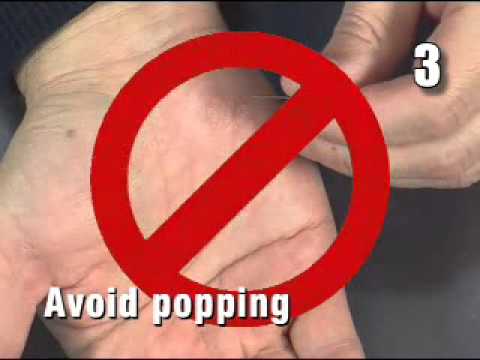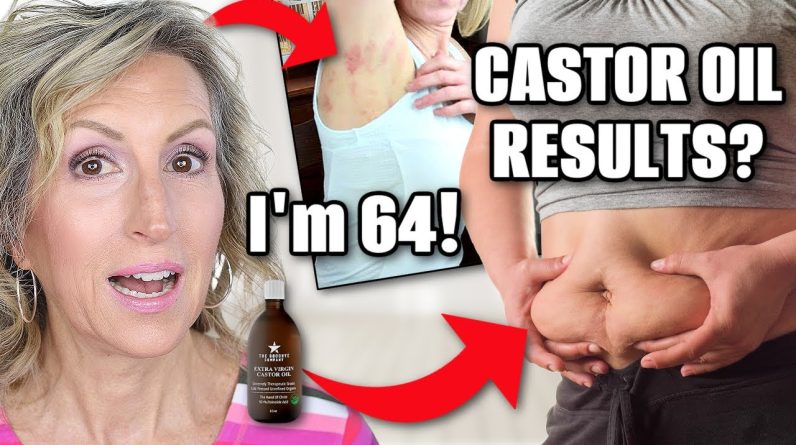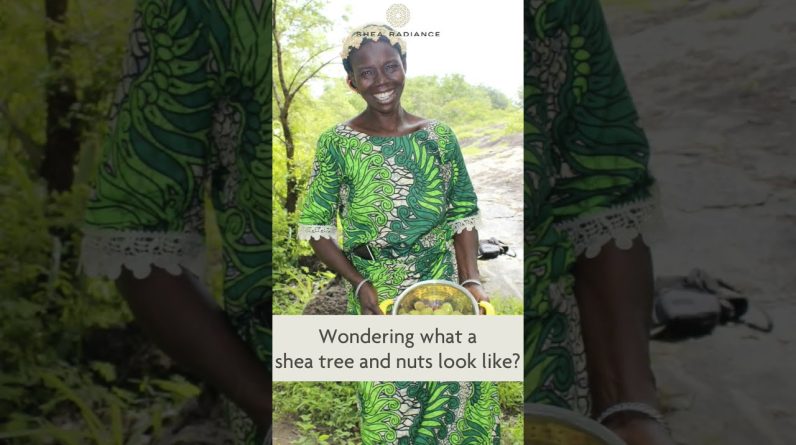Jock itch is a fungal infection that typically develops in the skin folds around the groin, upper thighs, and buttocks.
Jock itch belongs to a group of fungal infections that affect the skin. Athlete’s foot is a well-known example of a fungal infection in this group. Jock itch can be less severe than other infections, but it can be irritating and painful, nonetheless.
Symptoms are caused by mold-like, microscopic fungi. These fungi live on hair, skin, and nails. The fungi are often harmless, but they can cause infection allowed to multiply in moist, warm areas. This explains why jock itch typically occurs in skin folds.
A jock itch infection causes an itchy rash and other symptoms such as flaky skin or a burning sensation. Men, particularly during adolescence, typically have a higher chance of developing jock itch than women.
The most common jock itch symptoms are as follows:
• Redness
• An itching or burning sensation
• A rash that worsens with physical activity
• Changes in skin color
• Cracking, peeling, or flaky skin
• Unusual odor
These symptoms typically occur around the groin and inner thighs. The symptoms can spread to the buttocks and lower abdomen but won’t usually affect the genital area.
Jock itch tends to start with intermittent itching, which gradually worsens. A rash will then appear, which may become dry and bumpy and even develop blisters. In women, the infection may present different symptoms such as white vaginal discharge and yeast infections.
A type of rash called ringworm can occur with fungal infections. Ringworm is named because of the red edge that surrounds the affected area.
The symptoms of jock itch typically come and go, and some cases of jock itch can resolve by themselves without any need for treatment. In most cases, however, jock itch will require treatment. Treatment usually involves applying topical antifungal medications and keeping the area clean and dry.
In most instances, your doctor can diagnose jock itch simply by physically examining the affected area. The diagnosis will be based on your symptoms and the appearance of the affected area.
Occasionally, a healthcare professional may need to take a scraping of skin cells to be tested to diagnose the condition accurately. Testing the skin cells will rule out other skin conditions, such as eczema or psoriasis.
You can usually relieve jock itch by keeping the affected area clean and dry and applying antifungal creams.
As well as applying topical antifungal treatments, people suffering from jock itch should wear clean clothes and underwear every day.
Because jock itch can be caused by wearing tight clothes or workout clothes that have gotten sweaty or dirty, make sure you wash workout clothes regularly and wear loose-fitting clothes while you wait for your symptoms to improve.
If you apply topical antifungal cream and maintain good hygiene but the jock itch symptoms persist, your health practitioner may prescribe stronger medicine.
The fungus that causes jock itch is contagious. This means you can catch the fungal infection by being in close contact with a person who has jock itch, handling their unwashed clothing, or sharing towels with the infected person.
If the following factors apply to you, you may be at higher risk of developing jock itch:
• You’re male
• You’re an adolescent
• You’re overweight or obese. This increases the number of skin folds you have, therefore allowing fungi to thrive
• You have diabetes
• You tend to sweat profusely
• You are immunocompromised or take immunosuppressive medication
• You frequently wear tight-fitting clothes
• You have athlete’s foot or another fungal infection
So How Can I Prevent Jock Itch?
source







